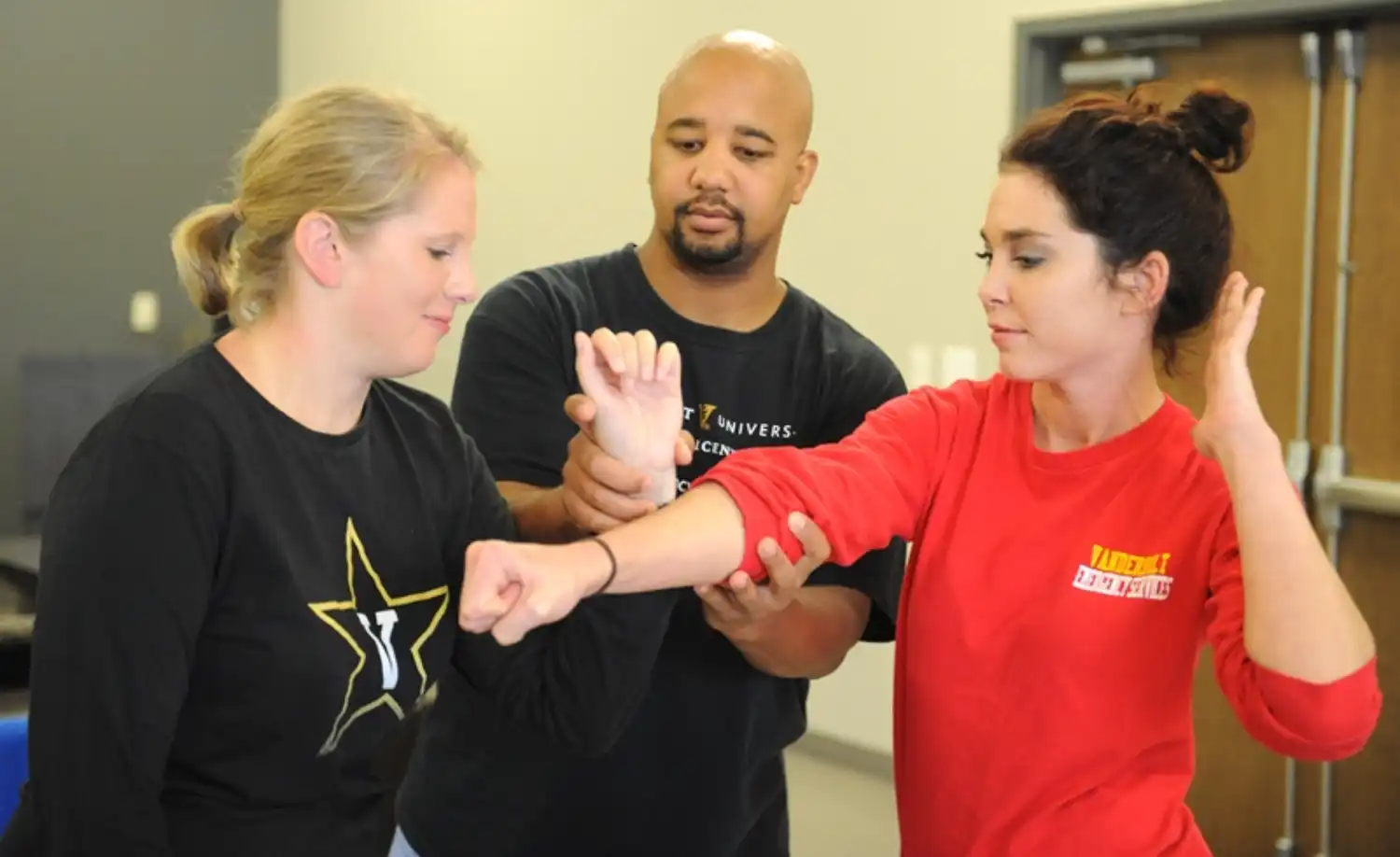Course Description
Two, Three, Four and Five T-PABC courses including restraint and breakaway training.
At Options 360 we are resolute in our commitment to moving organisations away from reactive, to more proactive cultures of care. However, we fully understand that there may be occasions when a young person becomes so distressed or aggressive that as a last resort they may need to be held momentarily. Situations may also arise when a member of staff needs to break-away from an attack.
We offer a range of restrictive interventions and breakaways to be used as a last resort.
Their use would be codified within the young person’s agreed broader proactive support plan.
These techniques have been evolving for the past twenty-five years and are used across a multitude of health, social care, and education settings.
Values
Restraint and breakaway techniques are taught within the context of adherence to a strict values base including
- Principle of individualised child centred planning
- Principle of least restriction
- Principle of social validity
- The rejection of the use of pain compliance and locks against joints
- Principle of last resort-the singular function of restraint is safe situational management.
Their design and use are informed by contemporary research and best practice guidance including
- A function and trauma informed understanding of behaviour
- The application of principles of time contingent release strategies
- Restraint reduction research (the programmes are designed by a subject matter expert in this field).
- The Restraint reduction network training standards
Who is this training for?
Residential care staff including secure estate, foster carers, community-based support staff and others working with young people who may display extreme, high intensity behaviours of concern. More specifically, where these behaviours are a danger to the young person themselves or those around them.
Level
A range of levels are available for staff ranging from very low arousal, light touch guiding techniques all the way through to highly restrictive 2 and 3 person holds. The level required would be determined by the complexity and severity of the behaviours being supported. We would work with the customer to complete a training needs analysis to ensure the training matched their needs.
Core Content
Course content is determined by the needs of the organisation as indicated in the training needs analysis. However, the following modules are mandatory for all courses which include training in restrictive physical interventions
- Values and principles related to restrictive physical interventions
- Risks related to restraint
- The law in relation to physical restraint
- De-escalation and defusion
- Post incident support
Course Outline
We provide training in one, two, and three person holds which allow services to support young people who express behaviours of concern at a range of intensity levels, from low to extreme.
Courses can be conducted over 2, 3, 4, or 5 days depending upon the needs of your organisation. We support our customers through a training needs analysis process to establish what specific techniques your staff may need.
Course content would be determined by the needs of the organisation as indicated by the training needs analysis. However, the following modules are mandatory for all courses which include training in restrictive physical interventions.
- Values and principles related to restrictive physical interventions
- Risks related to restraint
- The law in relation to physical restraint
- De-escalation and defusion
- Post incident support
Course Outcomes
Theory elements
Notwithstanding the mandatory elements listed below, the remaining course outcomes would reflect the modules being taught. This would be determined by the training needs analysis conducted with the customer and the number of days training commissioned.
Regarding the mandatory elements
Staff will understand be able to describe:
- The values that must underpin the use of restrictive physical interventions
- The physical and psycho-social risks associated with the use of physical restraint
- The law in relation to physical restraint, staff will be more confident in their understanding of their powers, duties, and responsibilities regarding keeping themselves and those they are responsible for safer.
Regarding physical restraint and breakaways:
- Staff will be confident in using a pre-determined set of restraint and/or breakaway techniques
- Staff will understand what circumstances techniques may and may not be used
- Staff will understand where physical restraint strategies sit within the broader context of the child’s proactive behaviour support plan
- Staff will understand the use of physical restraint within the broader context of restraint reduction
Generic Outcomes
The positive outcomes of implementing practices based on Trauma and PBS theory and research include-
- Organisations can be confident their staff are working within an evidence-based framework, one which is more like to succeed.
- Improvements to health, wellbeing, and the quality of life of both looked after children and those supporting them including practitioners, carers, and family members
- Improvements in staff confidence in creating environments that meet children’s needs better
- Staff more skilled in redirecting behaviour which may be heading towards crisis.
- Reductions in behaviours of concern and critical incidents.
- Reductions in restrictive practices.
- Happier more stable placements, improved staff retention
- Increased credibility with commissioners and regulators.
- Better overall organisational and financial outcomes.

